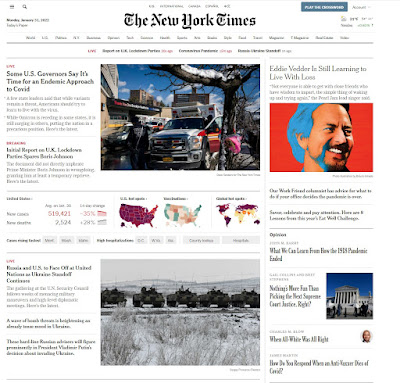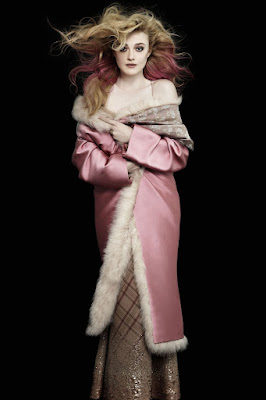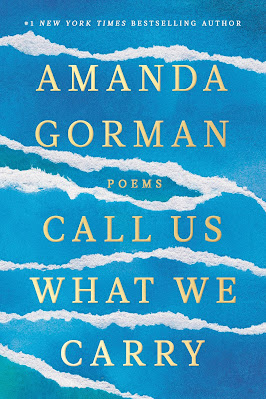Recent improvements and cost reductions in virtual reality headsets have led many people to believe that everyone will soon be wearing headsets every day and meeting up with their friends and coworkers in a virtual metaverse. I think that is highly unlikely for the following reasons:
Multi-tasking
Most people like to multi-task, particularly if they are participating in a meeting from home. It can be hard to participate in any way offline when fully immersed in a virtual reality experience.
Mobility
This is closely related to the previous point. Almost all current video conferencing apps can be accessed on computers, tablets or phones. This allows people to use them anywhere. Driving to an appointment in a virtual reality headset would be the worst form of distracted driving.
Facial Expressions
The primary reason we prefer video calls over voice calls is the ability to see the faces and facial expressions of the people we are talking to. Conversing with a coworker's avatar is unlikely to be as rich of an experience.
Network Effects
Before it can go mainstream, any new communication tool must be adapted by a large percentage of the population. In 2019 and 2020, we were able to pivot from in-person meetings to virtual meetings quickly because the platforms worked using microphones and cameras in the computers and phones that we already owned. With the metaverse, a significant investment in new hardware will be required for every user.
People will be reluctant to schedule metaverse meetings unless everyone invited has the hardware. People will be reluctant to buy the hardware until they start getting invitations to metaverse meetings. It is a cycle that is difficult to break.
What do you think? How soon do you think the metaverse will go mainstream?
You might also like:
Like 1992 Without the Supercomputers
Note: This is the last regularly scheduled post for a while.





















